From Wood to Grill: How Charcoal BBQs Work - A Comprehensive Guide
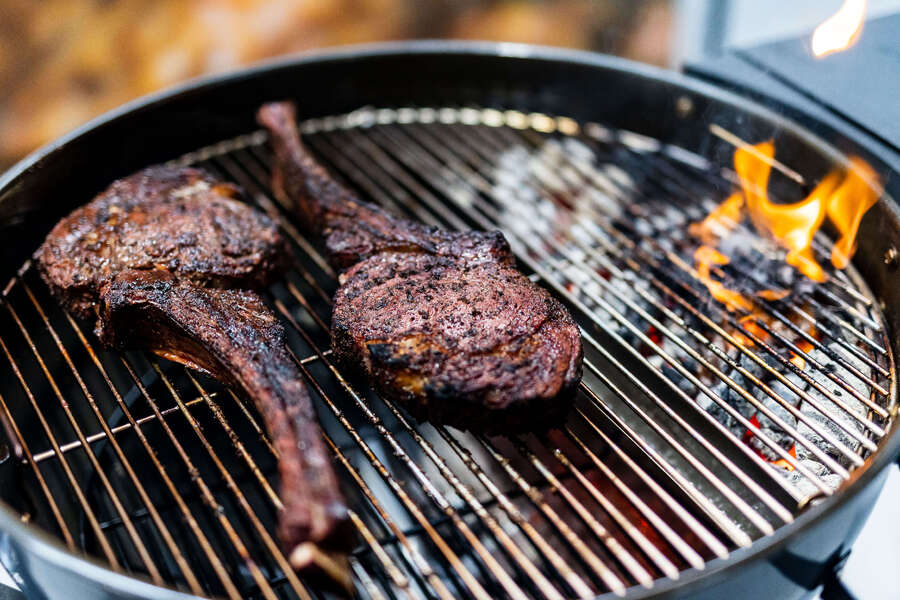
Charcoal BBQs have been a staple of outdoor cooking for centuries, prized for their unique flavour and the ritualistic experience they offer. If you've ever wondered how charcoal BBQs work and why they produce such delicious results, you've come to the right place. In this article, we'll explore the science behind charcoal grilling, the equipment and techniques needed to achieve great results, and some important safety considerations.
The Process of Making Charcoal
Before we can understand how charcoal grilling works, we need to know how charcoal is made. Charcoal is produced by heating wood in the absence of oxygen, which removes all the moisture and volatile organic compounds and leaves behind a carbon-rich substance. There are several methods used to create charcoal, including traditional pit kilns, modern retorts, and industrial-scale rotary kilns. The resulting charcoal can be sold as lump charcoal or compressed into briquettes, which are easier to handle and more consistent in size and quality. However, most people prefer lump charcoal for its more natural flavour and higher heat output.
.jpg)
The Science of Grilling with Charcoal
When you grill with charcoal, you're using two sources of heat: the direct heat from the glowing coals and the radiant heat from the hot air and smoke that circulates around the food. The heat from the charcoal also creates smoke, which contains a complex mixture of gases, particulates, and aromatic compounds that can flavour the food in various ways. The smoke also triggers chemical reactions in the food, such as the Maillard reaction, which browns and crisps the surface of meats and creates new flavour compounds from the amino acids and sugars in the food. The smoke can also break down fats and sugars, which can tenderise the meat and add sweetness.
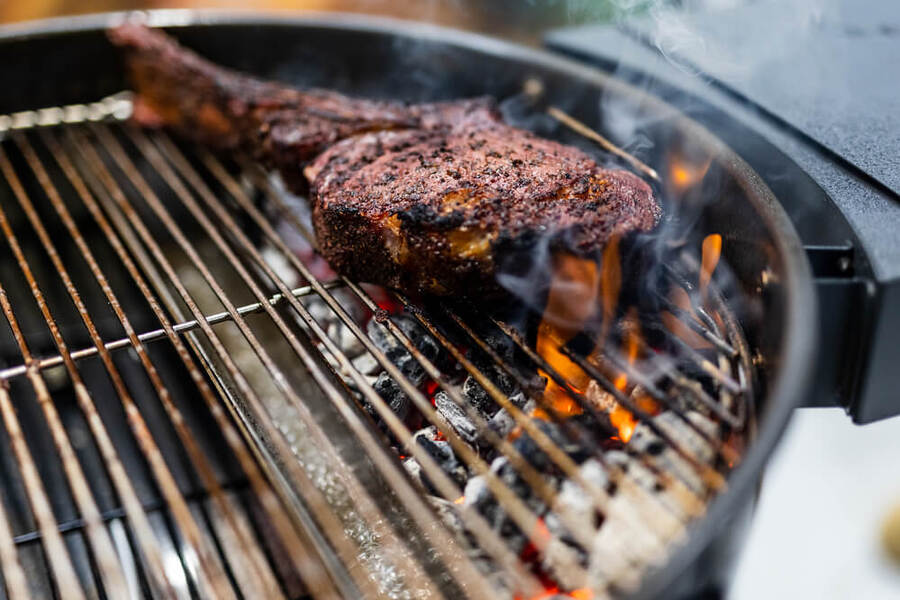
To achieve great results with charcoal grilling, you need to control the temperature and airflow. This can be done by adjusting the vents on the grill, which regulate the amount of oxygen that reaches the coals. If you want a higher heat, you can open the vents to allow more air in, but if you want a lower heat or a smokier flavour, you can close the vents to reduce the oxygen flow. You can also add wood chips or chunks to the coals to create different flavours of smoke, such as cherry, hickory, mesquite, or applewood.
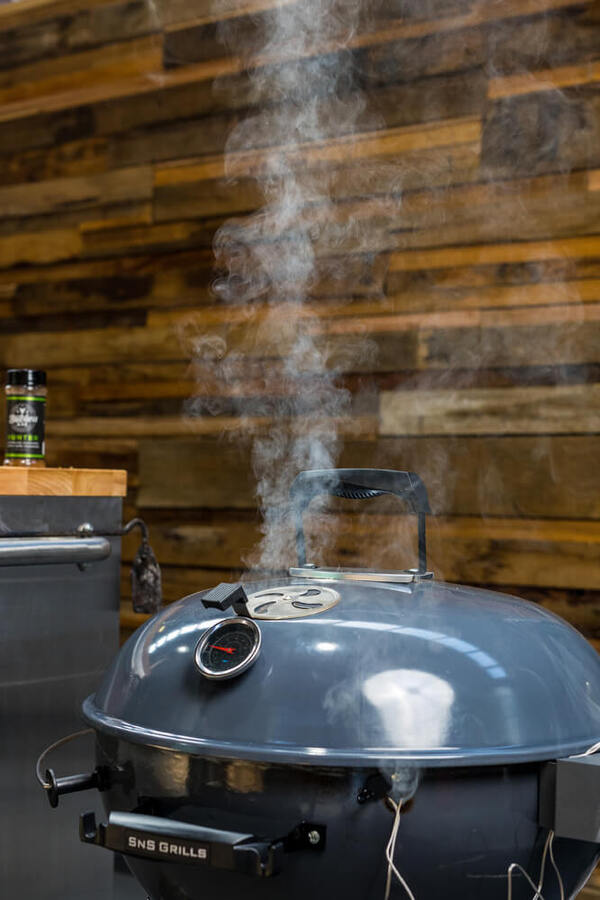
The Equipment and Techniques of Charcoal Grilling
There are many types of charcoal grills available, from small portable models to large, permanent installations. The most common types are kettle BBQ grills, which have a rounded lid and a vented bottom, and offset smokers, which have a separate firebox and cooking chamber. Other types include ceramic kamado grills, drum smokers, and even homemade brick or steel pits. The choice of grill depends on your personal preference and your cooking needs.
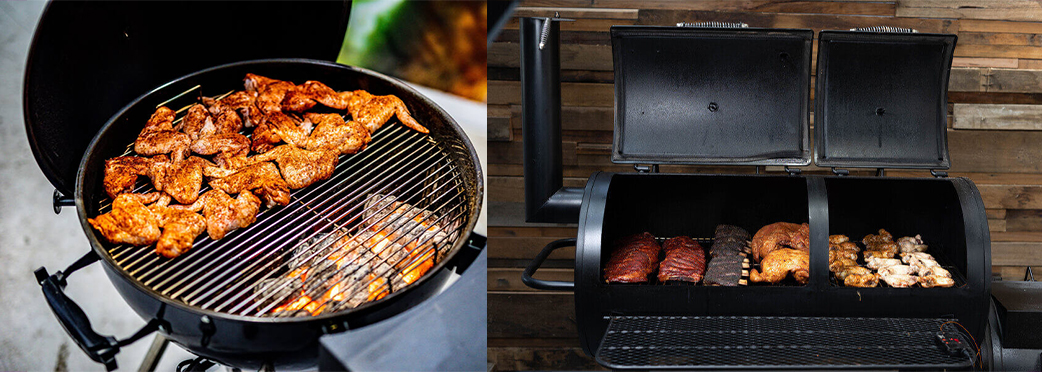
To start a charcoal fire, you can use a chimney starter, which is a metal cylinder that holds the coals and allows you to light them from the bottom. Once the coals are hot and glowing, you can spread them out in a single layer for direct grilling, or create a two-zone fire for indirect grilling. Direct grilling is best for thin cuts of meat or vegetables that cook quickly, while indirect grilling is better for larger cuts of meat or foods that need to cook slowly and evenly.
.jpg)
When grilling with charcoal, it's important to use the right tools and techniques. You'll need a pair of long-handled tongs or a spatula to flip and move the food, and a meat thermometer to check the internal temperature. You can also use a basting brush to apply sauces or marinades, and a grill basket or skewers to cook small or delicate foods. One of the keys to successful charcoal grilling is to avoid opening the lid too often, as this can cause heat loss and extend the cooking time. Instead, use a timer and rely on your senses of smell and touch to gauge the doneness of the food.
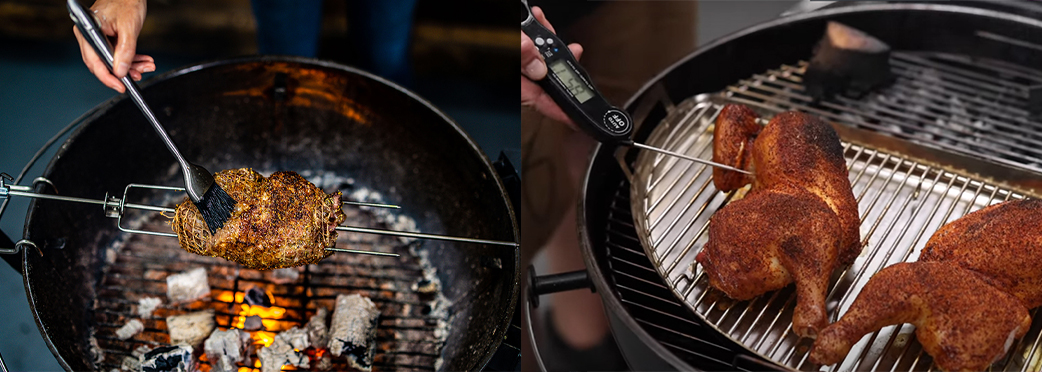
Important Safety Considerations
Charcoal grilling can be a fun and rewarding activity, but it's important to follow some basic safety rules to prevent accidents and injuries. Always use a sturdy grill that is placed on a level surface away from flammable objects, such as buildings, trees, or dry grass. Never use gasoline or other flammable liquids to light the coals, as this can cause explosions and burns. Instead, use a charcoal starter wand or a natural fire starter. Keep a fire extinguisher or a bucket of sand nearby in case of emergency.
Conclusion
Charcoal BBQs are a timeless way to enjoy the outdoors and cook delicious food for family and friends. By understanding the science behind charcoal grilling, choosing the right equipment and techniques, and following basic safety precautions, you can become a master of the art of BBQ. Whether you prefer steaks, burgers, chicken, fish, or vegetables, there's nothing like the taste and aroma of food cooked over a charcoal fire. So, fire up your grill, gather your loved ones, and savour the flavours of summer!
Check out our Kettle BBQ and Accessories
Check out our BBQ Smokers
.png)
by: Michael Wilkie











